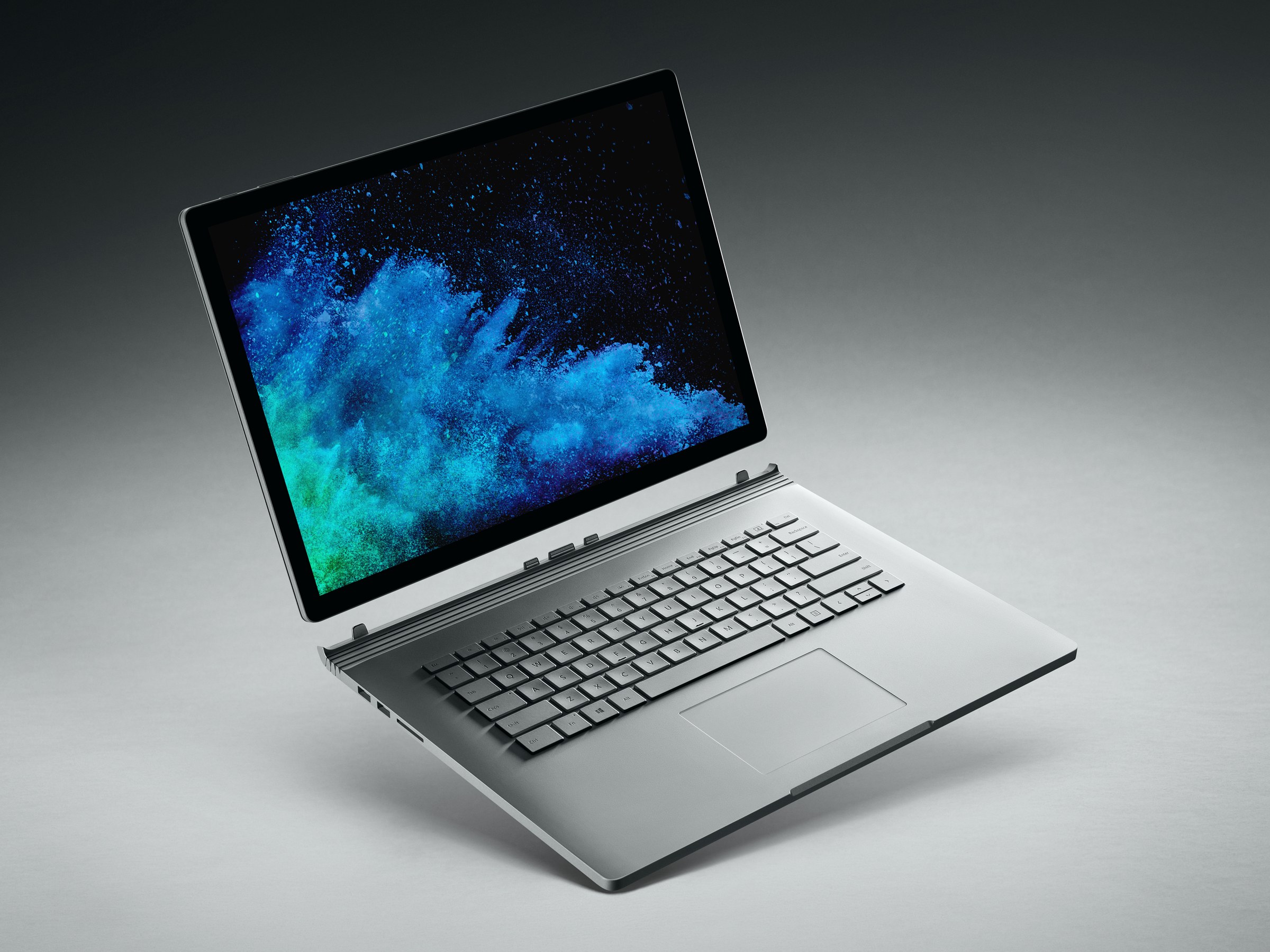Windows 10 “Detachables” versus Apple/Android tablets: key differences, and why you should pick one versus the other.

Detachable laptops have been “a thing”, ever since Microsoft unveiled the Surface Book, in the Fall of 2015, to pitch against Apple’s Macbook Pro line of laptops.
Prior to the Surface Book, Microsoft’s leading product was the Surface Pro, which still features a detachable keyboard. With that said, the Surface Book’s key characteristic is that, not only the keyboard comes with the device, rather than being sold separately, it also contains the primary discrete graphical chipset, required to perform the most graphically intensive tasks, including games like League of Legends, showcased during the Windows 10 Devices Event.
Major manufacturers including Dell, Vaio and Lenovo, have followed suit with the trend of detachable tablet PCs, effectively enabling the creation of an unofficial category of devices that set themselves apart from both laptops and tablets. By this token, however, the question remains about which type of device is right for you.
The greatest thing about detachables, is that they run the full desktop version of Microsoft Windows 10, along with every desktop app available on a regular PC. This also means that performance are most often up to par with most laptops, and definitely superior to any Android or iOS-based tablet available. On the other hand, this type of hybrid PCs don’t feature the same battery life as their slimmer, alas less powerful counterparts.
If battery life is a priority of your workflow, and access to desktop apps, or desktop-like performance, isn’t too big a compromise, the choice of tablets available that also support physical keyboards, in some way or another, is pretty broad, ranging from the higher-end Apple iPad Pro, down to the most basic Samsung Galaxy Tab.
A trend that has gained a lot of traction since the unveiling of the Apple iPad Pro, and particularly, the Apple Pencil, is for customers to expect their tablet to perform well when using a stylus in sketching, drawing and painting apps.
It wasn’t until Microsoft pushed the performance and specs of Surface tablets, and released Surface Book 2, that the market felt for the first time a strong demand for digital painting apps, not only by creative professionals, but regular users as well, many of whom have found the stylus to be invaluable, not only when doodling, but also when used with productivity suites like Microsoft Office, across all supported desktop and mobile operating systems.
Digital drawing tools may seem to be as basic as it gets, but the specs required to run a digital painting program like Autodesk Sketchbook Pro, may be out of depth of most lower-end tablets, especially when running slower ARM chips on limited RAM, and with an entry-level GPU.
Digital painting requires hardware capable of thousands of pressure levels, to simulate thicker, thinner, darker, or lighter strokes, and the refresh rate, as well as the ability to calculate and plot the trajectory of each strokes fast enough to avoid annoying delay, i.e. when you drag your stylus across the screen, and see the line appear slowly, little by little, several instants after the stylus is no longer in contact with the display.
Another aspect where detachables differ from regular mobile tablets, is the ability to run and play desktop games, relatively smoothly. It goes without saying that playing Fortnite, No Man’s Sky, or similar titles at full settings is unlikely to work on detachables, at least not within current available specs, but most games are playable nonetheless, and offer a fairly smooth experience at lower settings.
With that said, how do detachables fare with VR headsets? Not well, unless the headset in question has its own built-in GPU and memory. VR and AR require considerable hardware resources and processing power, more common on gaming laptops and desktops.
Ironically, smartphones and mobile tablets have the upper hand in both VR and AR, by marketplace penetration and demand.
Can smartphones and mobile tablets like Apple iPad Pro and Samsung Galaxy Tab play full desktop VR games? Of course not. However, the volume of VR and AR apps and games designed specifically for this type of less powerful devices is sizable, and serves the purpose to introduce more users to AR and VR, than regular PCs ever could, so if you are looking to have some fun with VR and AR apps through Google Cardboard, Oculus Go, or simply by using your tablet’s camera in AR, you should be perfectly fine with any number of non-desktop, mobile devices.
One thing that both detachables and traditional mobile tablets have in common, is the ability to connect to a wider range of wireless networks, including LTE, which means that you no longer need to choose between a Windows 10 detachable tablet PC, and and iPad, based on whether or not you expect to be in an area where Wi-Fi signal is scarce or null.
Ready to shop?
PortableOne has the best deals on Microsoft Surface Book laptops, and more powerful devices for work and downtime.